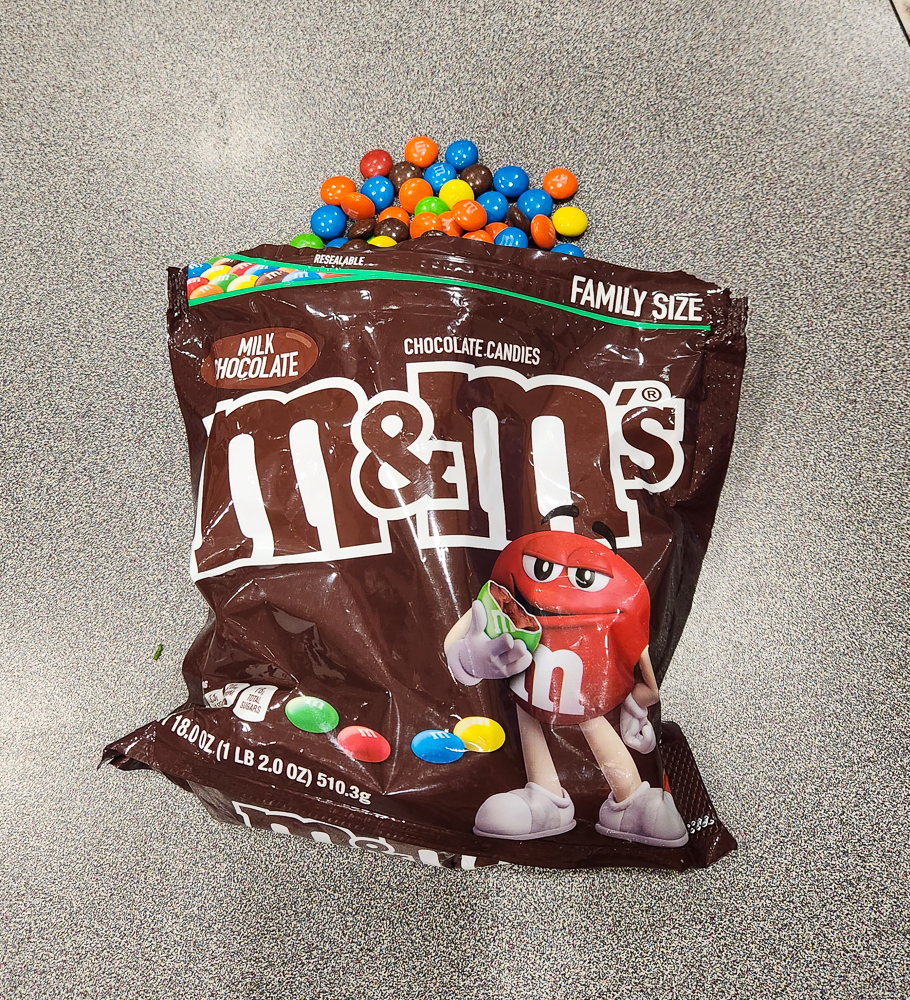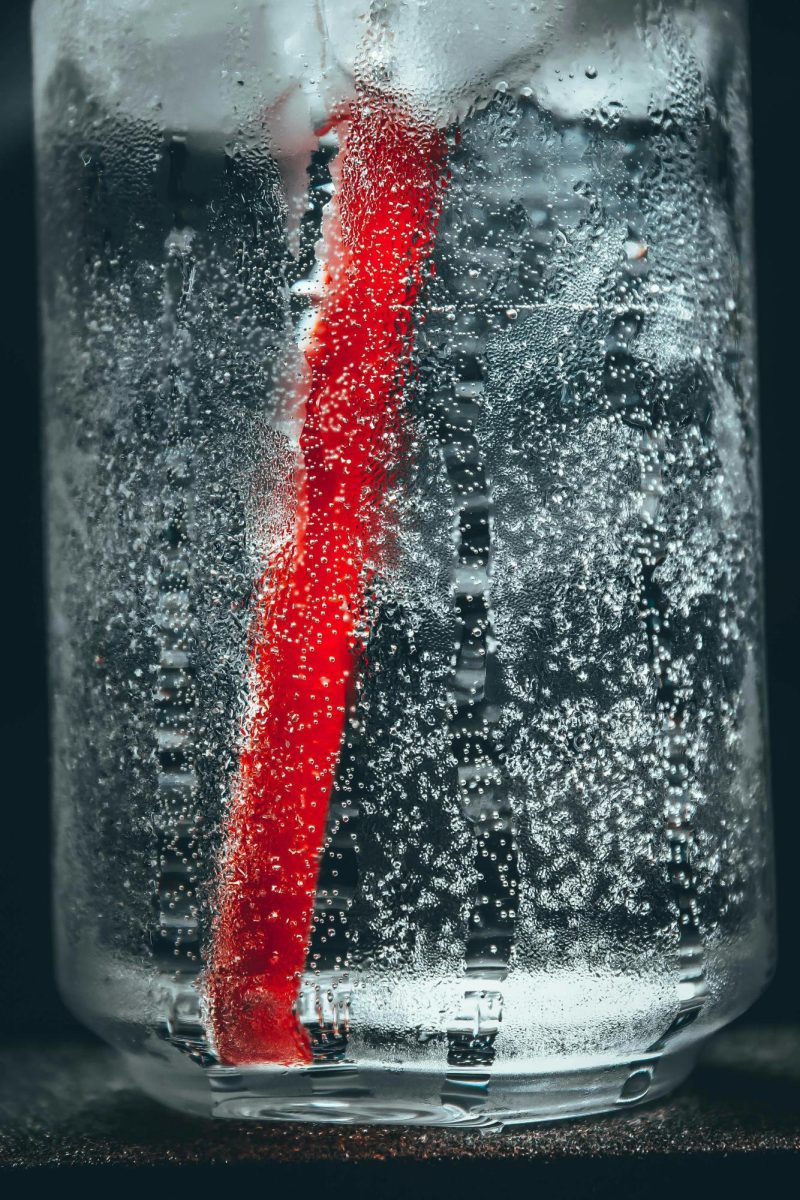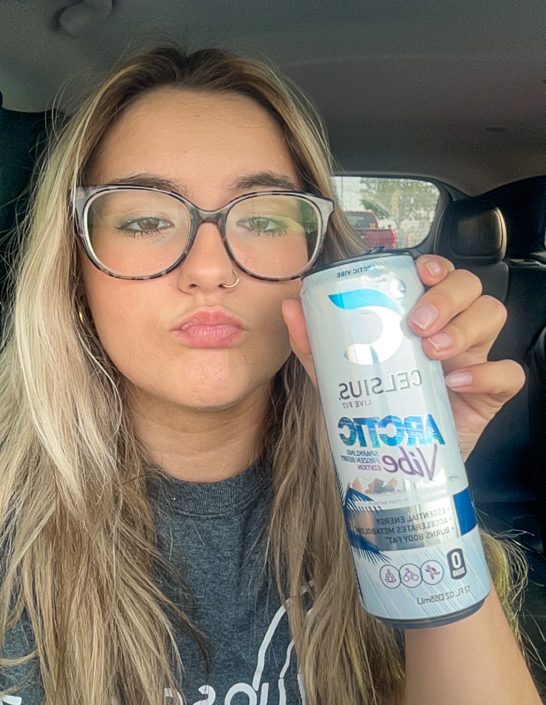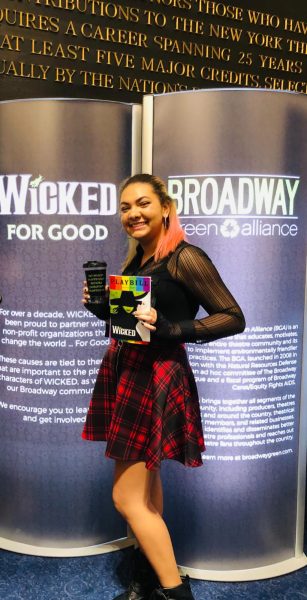Many people know of the popular candy M&M’s, the candy made of a milk chocolate center with a candy shell coating the outside.
Most people can agree that M&M’s don’t have any different flavor when it comes to the different colors of the candy. While I do agree there is no difference in flavor, I do believe that each color does have a difference in texture.
A common misconception some people have is that the different colors of M&M’s are flavored differently. However, unlike Skittles, M&M’s are all flavored the same, the only difference being the food coloring added to each of the different colors.
In most cases, the average person is not able to taste the difference in different food colors. In this case, how would anyone be able to tell the difference between the colors?
I think there are two factors to this, the psychological aspect of seeing a color and associating the color with a specific taste, as well as the different texture of the M&M’s outer coating.
As earlier established, each of the M&M’s are made the same way with the only difference being food coloring. I think that the different colorants change the thickness of the M&M’s outer shell.
My thought is that because different colors require different concentrations of dyes, this can alter the thickness. Since some colors may require more coats of color than others, this could change the ratio of thickness between the different colors of M&M’s.
Around a year ago, I decided to test this theory with a friend, Eva Spindler, to see if I could find the difference between the colors just by the crunch of the outer shell alone.
For the first test, we tried different M&M’s to see which we thought were best to worst in terms of the colors. We found that we thought blue had the most crunch and brown had the least.
The next test was a blind taste test. Taking a handful of M&M’s, I gave her different colors to see if she could guess the difference in the M&M’s with her eyes closed.
After a few different rounds of different colors, we came to the conclusion that she was able to guess a majority of them correctly.
From this test, I discovered there had to be some difference between the colors for her to be able to tell the difference. There were multiple occasions in which I would ask others if they ever could tell the difference and most said no. A difference in the outer shell thickness could easily be something that most people would not notice unless they were focusing on finding a difference.
Recently, I decided to do another test with a different friend, Adalynn Schofield. I went through the same process I previously did, first trying them and ranking them from best to worst, then taking a handful and giving her different colors for her to guess with her eyes closed.
On the first test, ranking best to worst, she ranked it as blue, green, yellow, red, orange and then brown. The second, guessing the colors with her eyes closed, was not as successful as she only got one out of eight correct.
As a whole, the difference in thickness of the M&M’s shell is not anything drastic that changes the taste of it. While I do believe that there is a difference, all M&M’s seem to be almost identical with only one small distinction.








